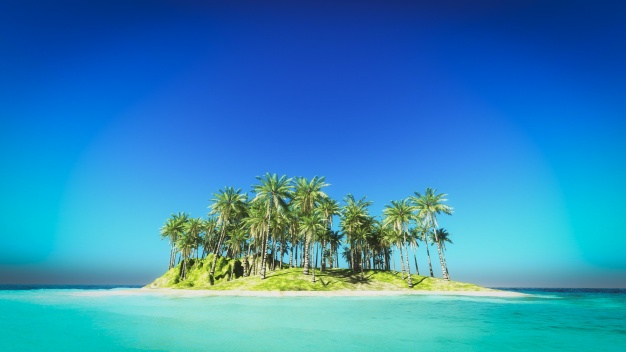In our modern digital age, it often feels like nothing remains to be discovered. When you can boot up Google Earth and scour every square meter of the earth’s surface with satellite photography, it can be heartening to know that some quarters of the globe staunchly refuse to give up all their secrets so easily. While islands are always a little mysterious, being isolated little worlds, some pack more than their fair share of wonder and enigma into their bounded geography. Here we take a look at some of the most intriguing islands in the world and explore what mysteries they hold.
Ilha de Queimada Grande
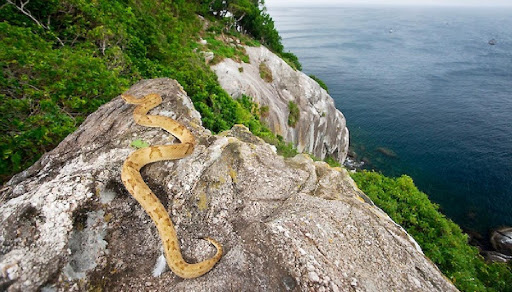
One may naturally suspect whether this island is the home to some forgotten Portguese treasure, as fiction has entrained us to regard seeming obstacles and traps as safeguarding fabulous and mysterious prizes. Should you dare to visit this island, be sure to pack anti-venom along with your sunscreen. This is because this small island off the coast of Sao Paulo in Brazil is more frequently known as Snake island. This unassuming forested outcrop is home to no less than 5000 snakes of the species Bothrops insularis, otherwise known as the Golden Lancehead. This snake holds the title for being the most venomous in the entire world. As for why exactly an island would come to be so infested with snakes, this is due to the snakes becoming trapped on the island as a result of rising sea levels closing off a land-bridge to the mainland. Some estimates suggest the density of snakes on the island is 1 per every square meter of land, so watch your step. The Golden Lancehead’s favourite prey are birds, which are in abundant supply, ensuring the island’s serpentine population continues to prosper.
Malta
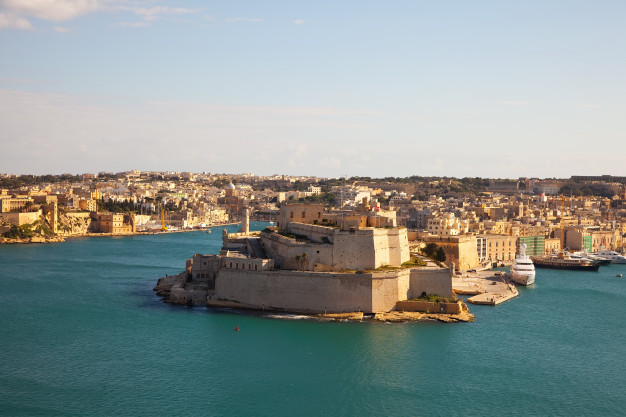
Malta has plenty going for it as a Mediterranean holiday destination and can be enjoyed at this level without ever probing into its enigmatic past.Those of an Indiana Jones persuasion though would be intrigued to learn on Wildz.com that Malta is home to a stunning array of megalithic temples, the earliest of which date to 3600 BC,, which predates the famous Pyramid of Giza in Egypt by 1000 years. Rediscovered in the 19th century, these temples are now listed as UNESCO World Heritage Sites. With such a vast span of time between the present day and the time of their construction, very little is reliably known about the peoples who built the temples save that they were thought to be Neolithic peoples who sailed to Malta from Sicily around 6000 years ago. The temples are decorated with a series of tre-foil and labyrinth designs and are posited to be dedicated to the indingenous earth goddess of the island. If that’s not fascinating enough, Malta has also been the site of discovery of the skeletons of a hitherto unknown species of dwarf Elephant. These megafauna, closely related to African Elephants, were only 1.5 meters tall, an adaptation to their island environment. Similar fossils have been found on the mediterranian island of Cyprus.
Rapa Nui
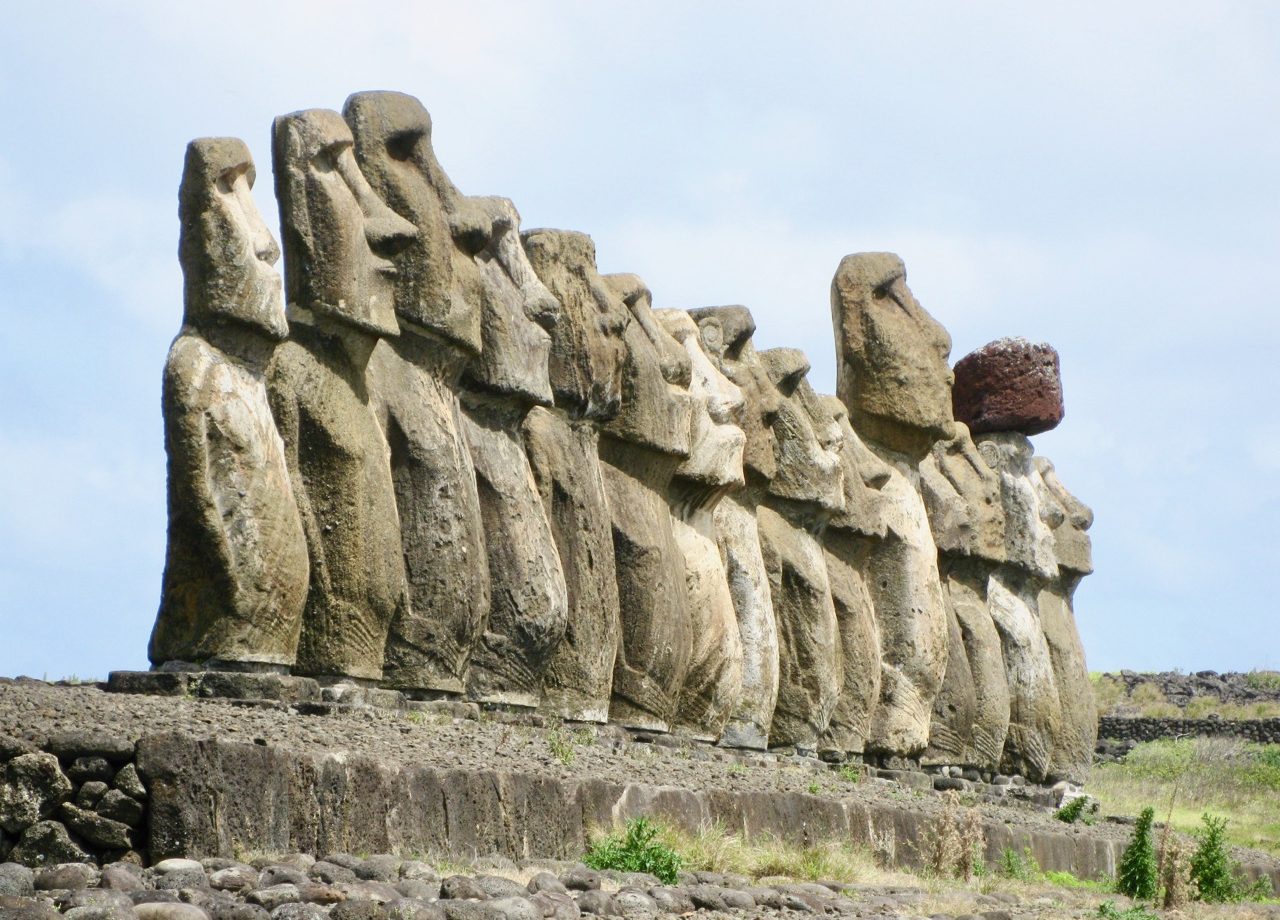
Rapa Nui is otherwise known as Easter Island in commemoration of the day that Dutch explorers first sighted it, though they would quickly discover that they were not the first people to set foot on this distant landmass. This small pacific island, measuring about 62 miles across, is best known for being the home of the Moai, the giant stone heads that are scattered across its land. Little is known about the people who constructed these heads, save that they were closely related with other Polynesian peoples. In truth, the Moai are not simply headed but actually stylised human figures. Time and erosion has led to the majority of the heads sinking down to their shoulders, giving the distinctive appearance of rows of heads lining the island’s ridges. While there is still speculation as to what became of the civilization that managed to marshall the required resources to conduct such enormous public building projects, the most popular theory of recent years was that they pushed their fragile island ecosystem into a state of ecological collapse. This is thought to be the case as to construct and move these giant megaliths would have required many trees to use as levers and rollers. There is evidence that Rapa Nui was once forested with palm trees, and that the island was progressively deforested between 1200 and 1650 CE. Rapa Nui also has the claim of being the most remote inhabited island on earth. The nearest neighbouring island is 2000km away, and South America is over 3500km from its shores.
Nan Madol
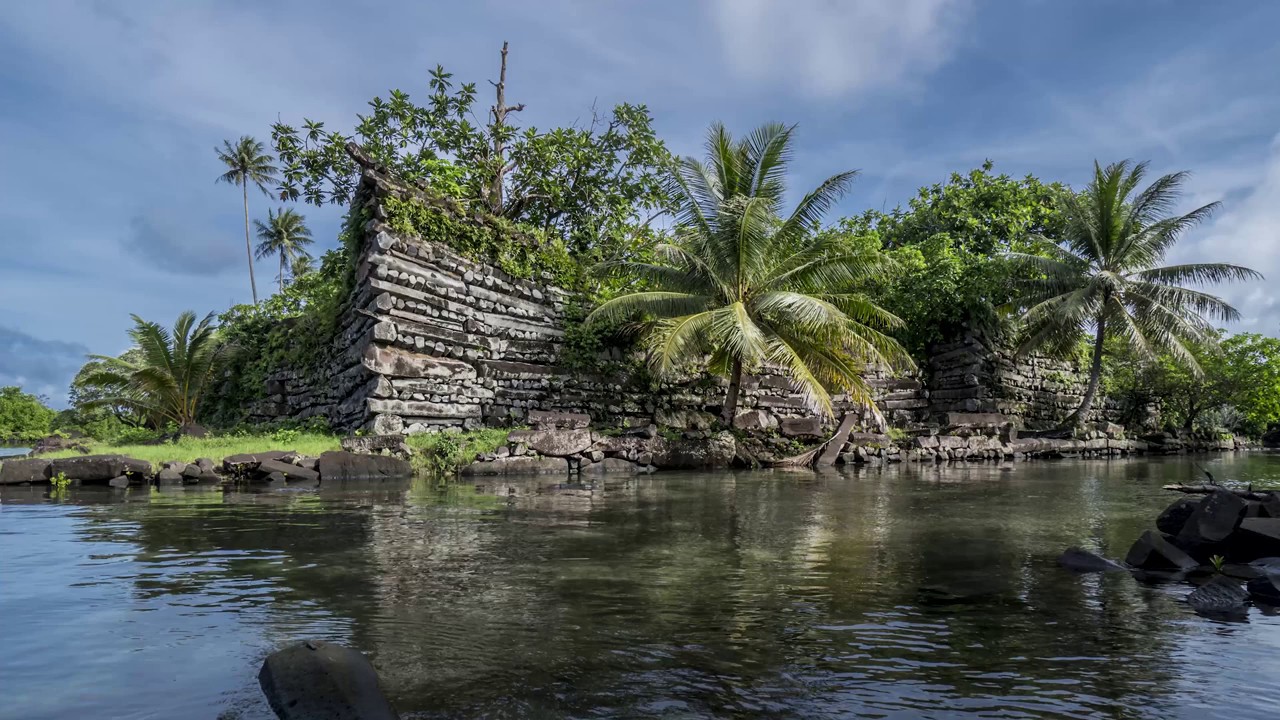
Nan Madol is one of the most dramatic and mysterious archaeological discoveries of the past century. Located just off the coast of the Micronesian island of Pohnpei, the city was thought to have been built in the 1st century CE, with its peak population and activity taking place between 1200 and 1700 CE. It lies over 2500 miles from the North American coast, and 1500 miles from Australia, making it the most remote megalithic complex in the world. The site covers some 200 acres and features over 90 artificial islands built onto the low-lying coral reefs that surround the island. Archaeologists have yet to figure out how the builders of Nan Madol were able to shape the mysterious geometric stone megaliths that are scattered over the city, let alone move them to the site. With walls rising 25 feet high and 17 feet thick, the city was once a formidable sight and included bath-houses, temples, residential centers, and canals. The sheer fact of Nan Madol’s existence is forcing people to rewrite the history books and reconsider the impact, wealth, and influence of archaic Polynesian culture. Locals refer to the site as “Soun Nan-leng”, which translates as “the Reef of Heaven”, and are cautious about approaching it, suggesting it is taboo to set foot in the ruins. Some New Age writers have pointed to Nan Madol as being the source of the Atlantis and Lemuria myths of sunken cities, and it even inspired the sunken city of R’lyeh in H.P. Lovecraft’s famous short story, The Call of Cthulu.



